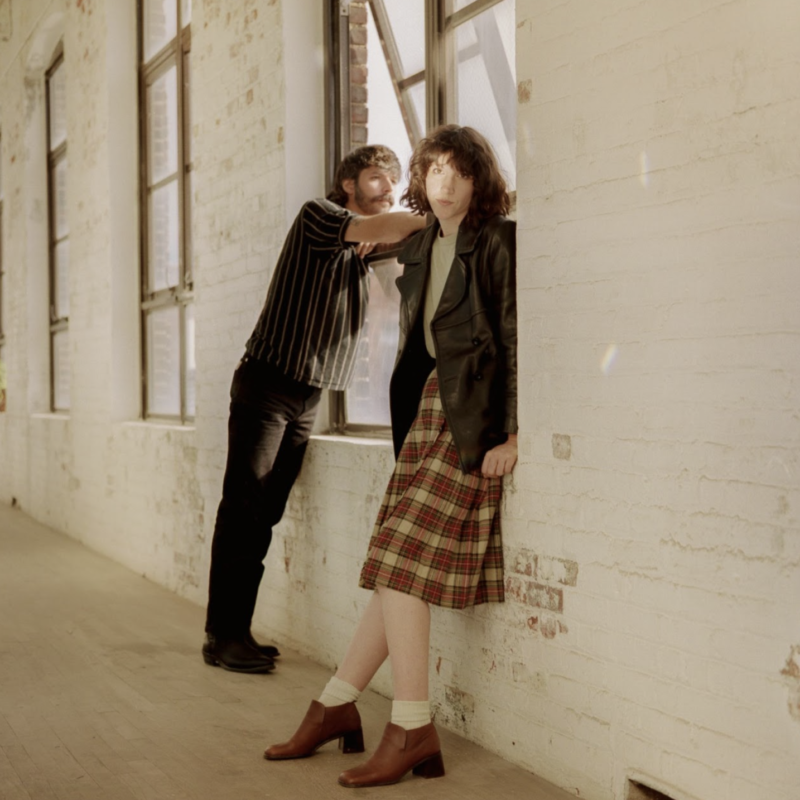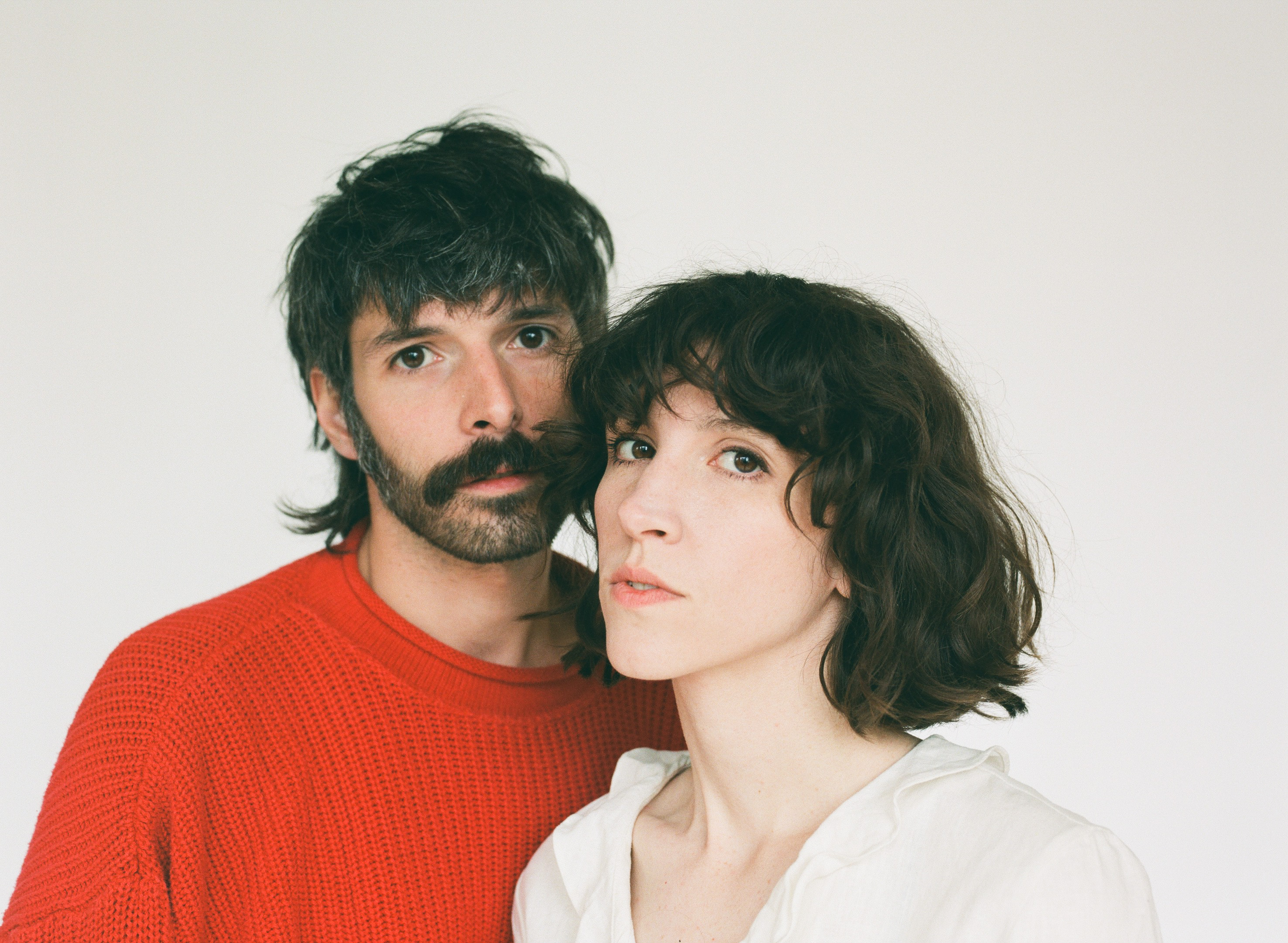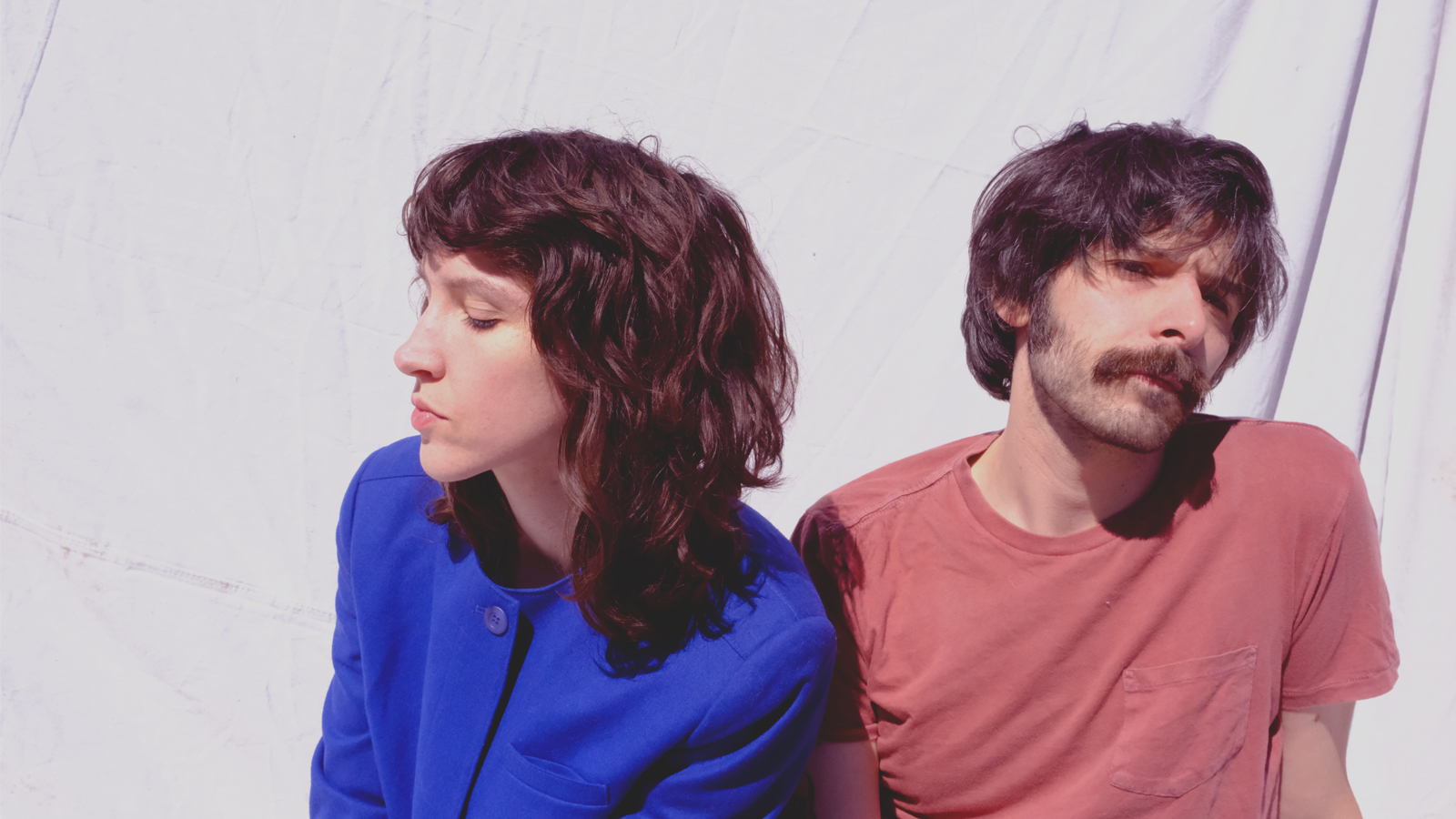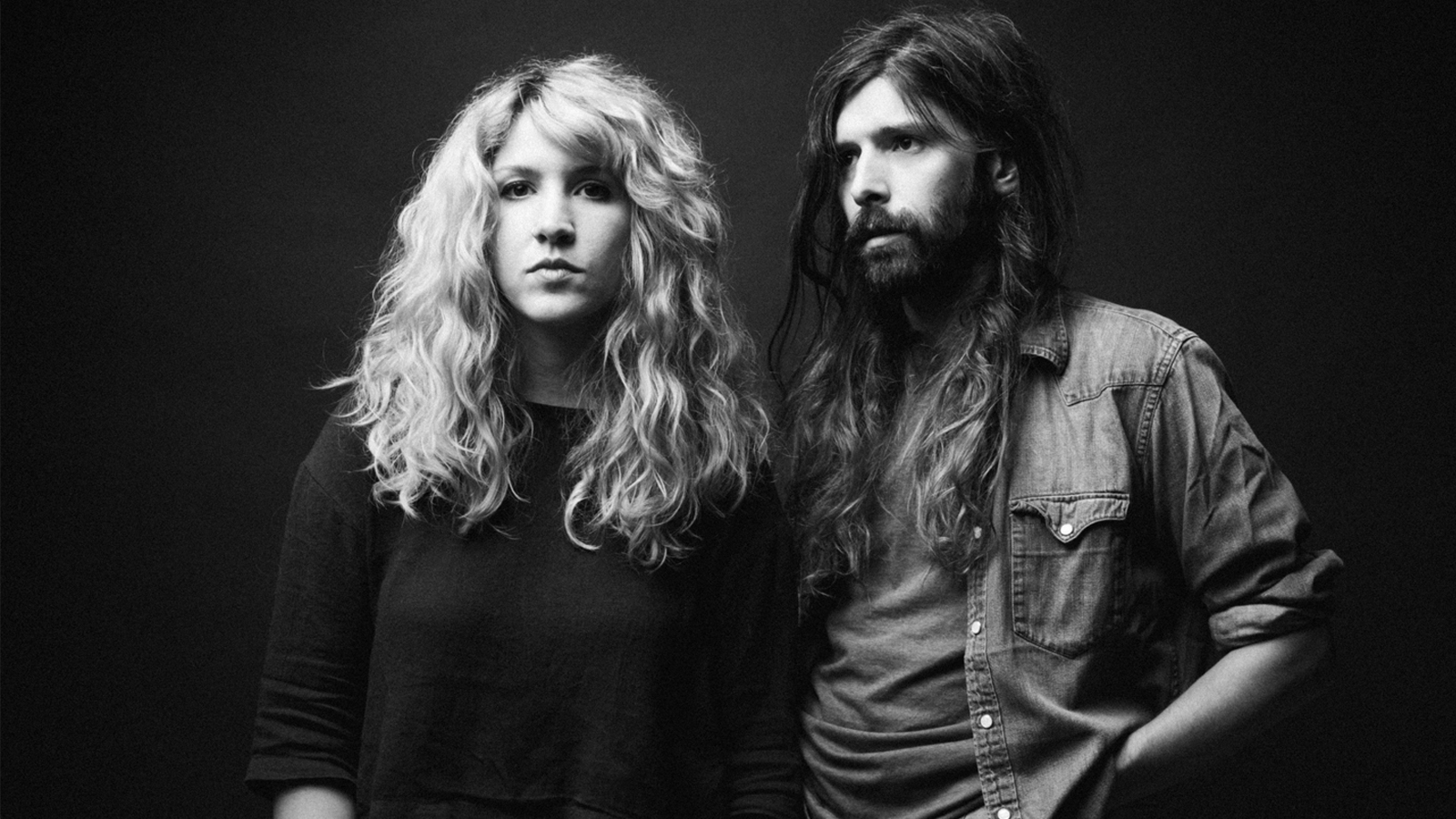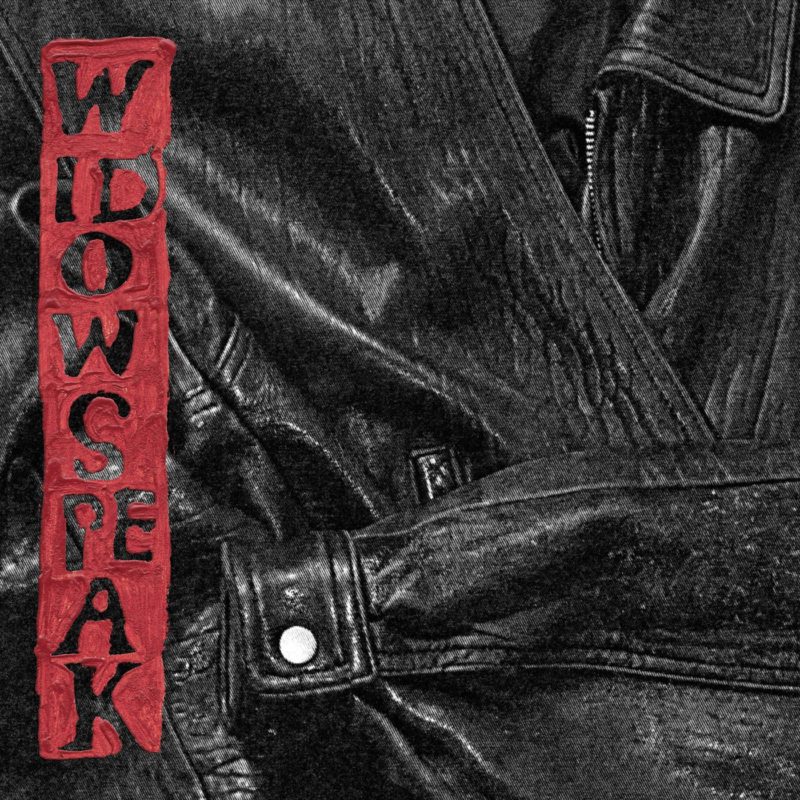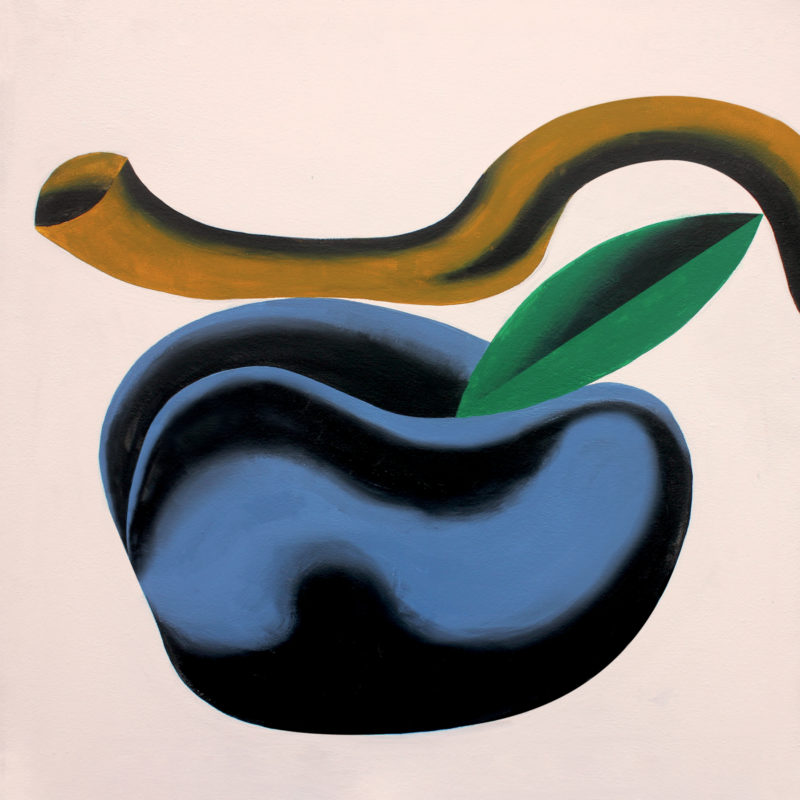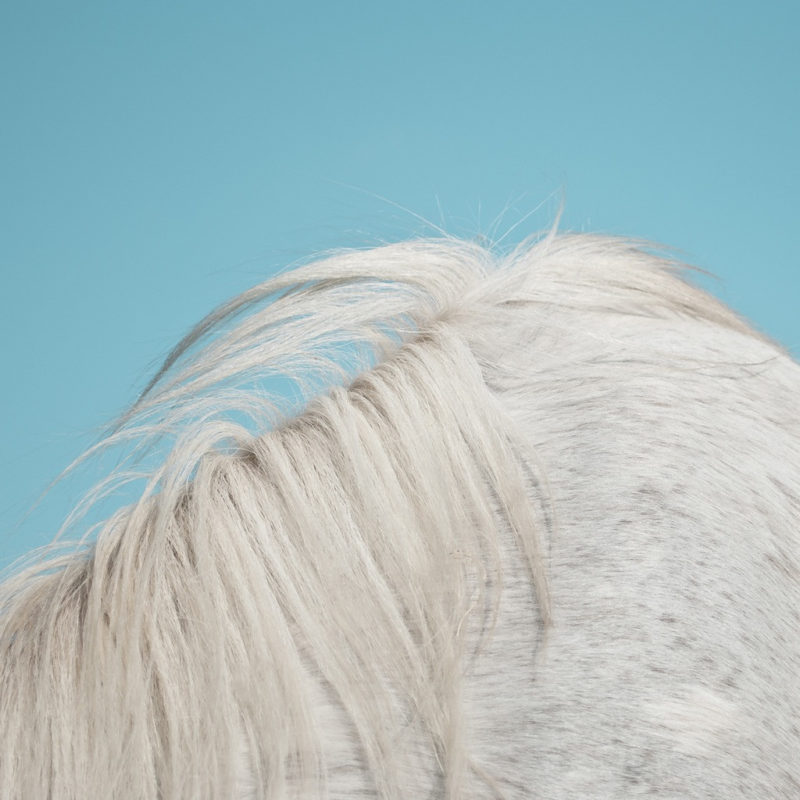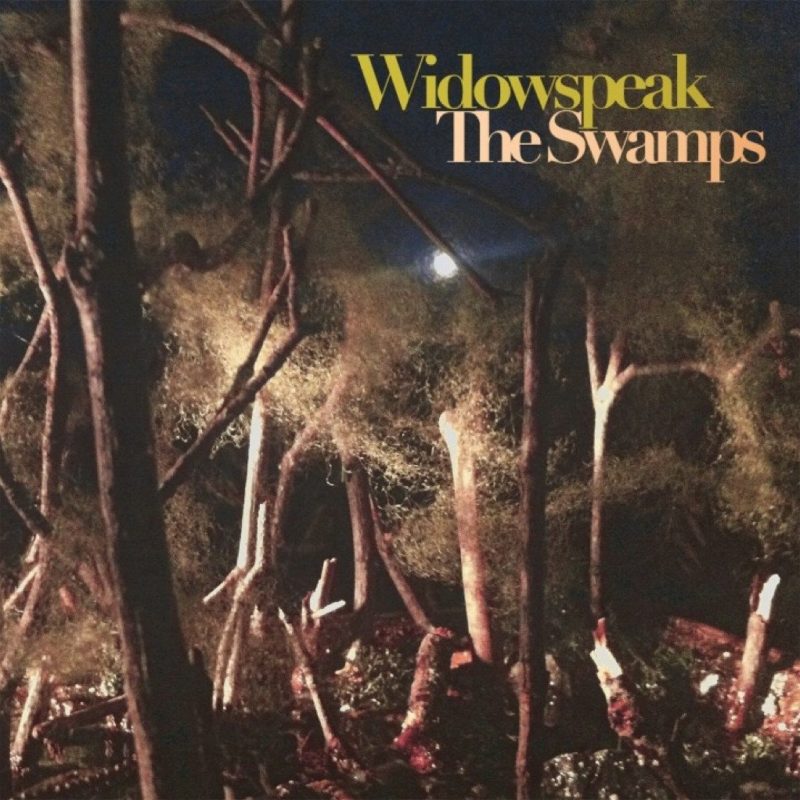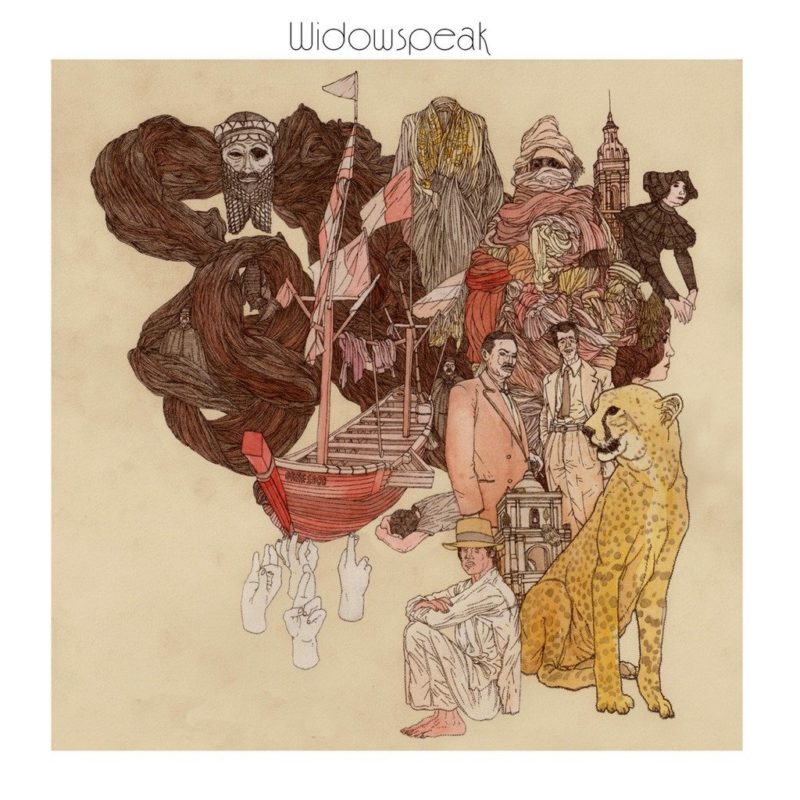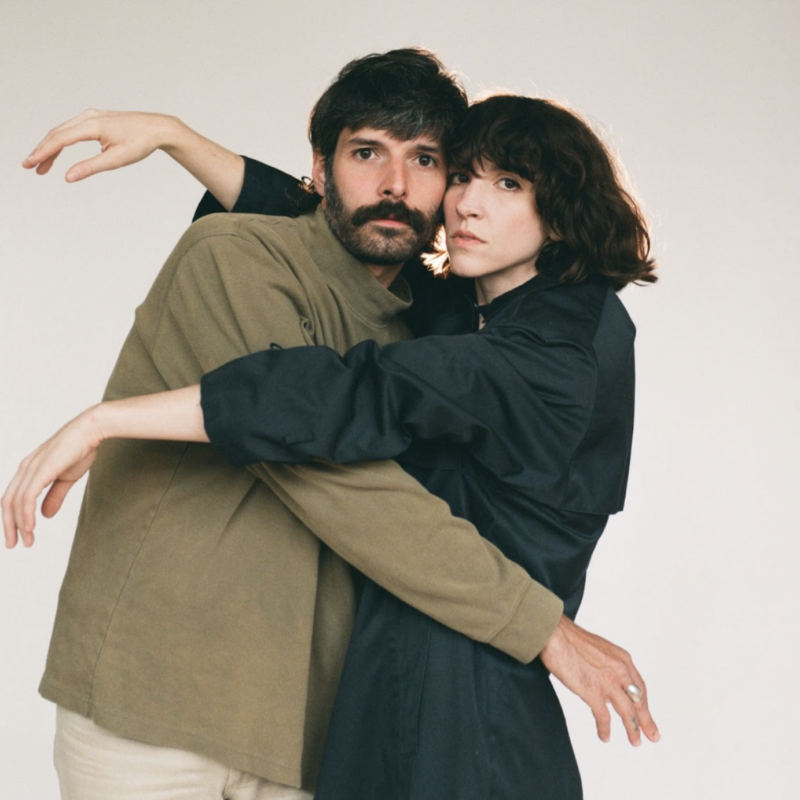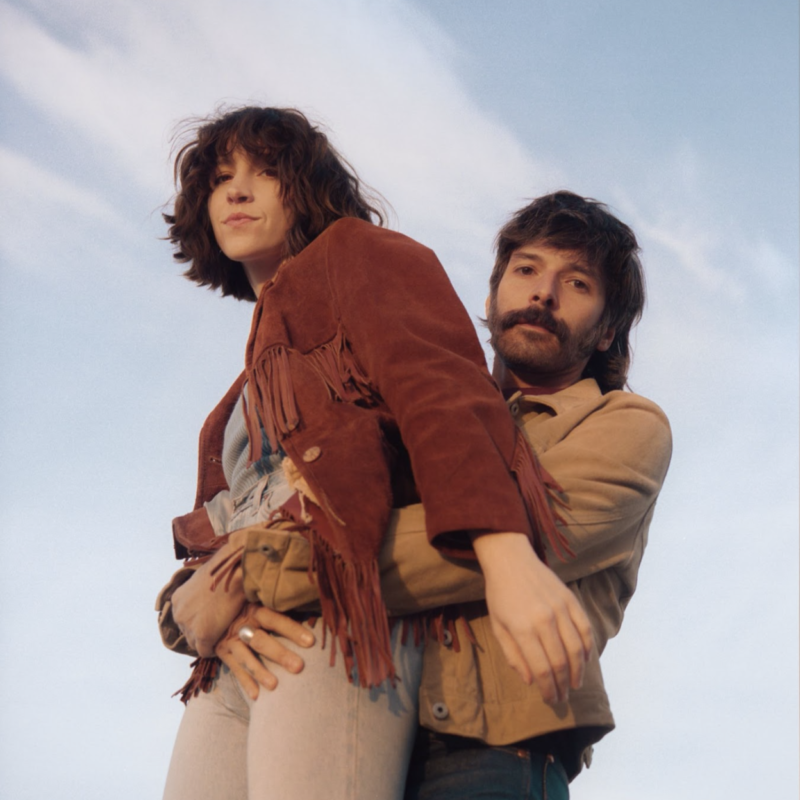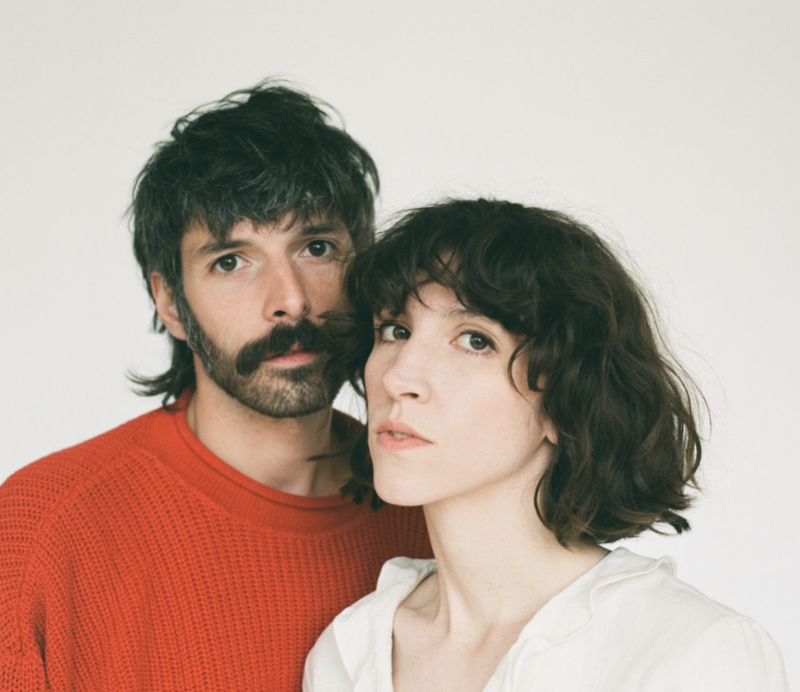Written in the months before and after the release of their critically acclaimed fifth album Plum, The Jacket feels like a full-circle moment for the duo of singer-songwriter Molly Hamilton and guitarist Robert Earl Thomas. Thematically, it considers Plum’s broader questions about the values ascribed to one’s time and labor through the more refined lens of performance and music-making. This is due in part to the band’s recent return to New York City, the site of their own origin story, where they recorded The Jacket at the Diamond Mine with co-producer and noted Daptone Records affiliate Homer Steinweiss. In addition to Hamilton and Thomas on guitars, the album features founding drummer Michael Stasiak, as well as J.D. Sumner on bass, and piano and keyboard contributions from Michael Hess.
Reunions always breed reflection, and Hamilton admits that much of the abandoned thematic concept is still inherently true, tied to formative experiences in the band’s own early years with removed observation. Tracks like “While You Wait,” “Sleeper,” “Slow Dance” trace the rise and fall of a western-tinged outfit from the perspective of an unreliable narrator, amid the fracturing of personal relationships and shifting expectations. Some songs speak to the process of moving on (“Unwind”, “Salt”), while others muse about regret (“True Blue”, “Forget It”). The album’s namesake track considers the literal and figurative costumes we dress our personalities in: imbued with meaning and sense of time and place, becoming so representative of who we think we are before they’re ultimately left behind. Elsewhere, Widowspeak question the very concepts of performance and ambition (“Everything is Simple,” “The Drive”), weighing the relentless rolling of a stone against the worth of growing just a bit of moss. The symbolic spaces of work, music, nightlife are seen through the haze of recalling one’s own unknown legends.
Sonically, The Jacket finds the band at their usual and best: the album breathes deeply, balancing moments of open lushness with a straightforward, Velvets-y approach. Dynamics shift seamlessly between gentle, drifting ballads and twangy jams, built up from layered guitars, dusty percussion and ambling bass lines. Elsewhere: whimsical flutes, choral textures, and basement organs. Thomas’s guitar playing is as lyrical and emotive as it’s ever been, and Hamilton’s voice: comfortable and effortless. This seamless dynamic is amplified perfectly in the mix by Chris Coady (Yeah Yeah Yeahs, Beach House). The band still wears the same perennial influences on its sleeve: cornerstones like Yo La Tengo, Neil Young, Cowboy Junkies, Cat Power, and Richard and Linda Thompson. They expertly pepper in slow-core, dream-pop, pacific northwest indie, and outlaw country, resulting in a 60s-meets-90s aesthetic. But the duo also wield their own aesthetic feedback loop as a tool of its own, a way to better tell multi-layered stories in their own RIYL language. This sense of sonic nostalgia adds another layer to lyrics that reflect on old selves, invented and true.
